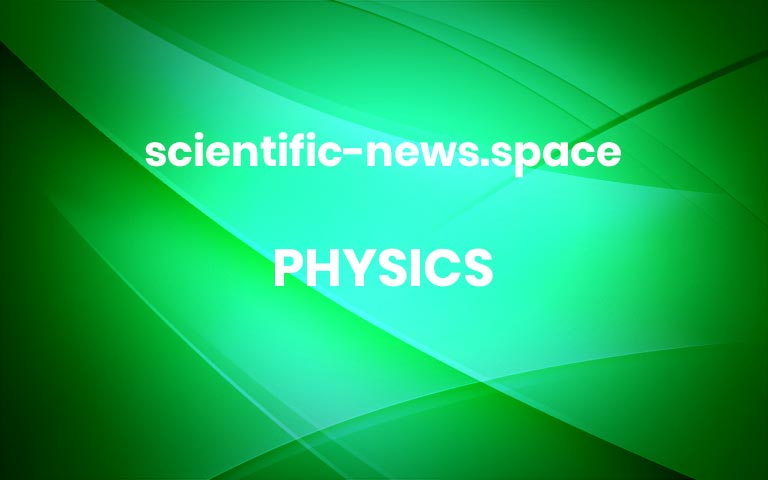It’s cool to be small. Scientists at the National Institute of Standards and Technology (NIST) have miniaturized the optical components required to cool atoms down to a few thousandths of a degree above absolute zero, the first step in employing them on microchips to drive a new generation of super-accurate atomic clocks, enable navigation without GPS, and simulate quantum systems.
Cooling atoms is equivalent to slowing them down, which makes them a lot easier to study. At room temperature, atoms whiz through the air at nearly the speed of sound, some 343 meters per second. The rapid, randomly moving atoms have only fleeting interactions with other particles, and their motion can make it difficult to measure transitions between atomic energy levels. When atoms slow to a crawl — about 0.1 meters per second — researchers can measure the particles’ energy transitions and other quantum properties accurately enough to use as reference standards in a myriad of navigation and other devices.
For more than two decades, scientists have cooled atoms by bombarding them with laser light, a feat for which NIST physicist Bill Phillips shared the 1997 Nobel Prize in physics. Although laser light would ordinarily energize atoms, causing them to move faster, if the frequency and other properties of the light are chosen carefully, the opposite happens. Upon striking the atoms, the laser photons reduce the atoms’ momentum until they are moving slowly enough to be trapped by a magnetic field.
But to prepare the laser light so that it has the properties to cool atoms typically requires an optical assembly as big as a dining-room table. That’s a problem because it limits the use of these ultracold atoms outside the laboratory, where they could become a key element of highly accurate navigation sensors, magnetometers and quantum simulations.
Now NIST researcher William McGehee and his colleagues have devised a compact optical platform, only about 15 centimeters (5.9 inches) long, that cools and traps gaseous atoms in a 1-centimeter-wide region. Although other miniature cooling systems have been built, this is the first one that relies solely on flat, or planar, optics, which are easy to mass produce.
“This is important as it demonstrates a pathway for making real devices and not just small versions of laboratory experiments,” said McGehee. The new optical system, while still about 10 times too big to fit on a microchip, is a key step toward employing ultracold atoms in a host of compact, chip-based navigation and quantum devices outside a laboratory setting. Researchers from the Joint Quantum Institute, a collaboration between NIST and the University of Maryland in College Park, along with scientists from the University of Maryland’s Institute for Research in Electronics and Applied Physics, also contributed to the study.
advertisement
The apparatus, described online in the New Journal of Physics, consists of three optical elements. First, light is launched from an optical integrated circuit using a device called an extreme mode converter. The converter enlarges the narrow laser beam, initially about 500 nanometers (nm) in diameter (about five thousandths the thickness of a human hair), to 280 times that width. The enlarged beam then strikes a carefully engineered, ultrathin film known as a “metasurface” that’s studded with tiny pillars, about 600 nm in length and 100 nm wide.
The nanopillars act to further widen the laser beam by another factor of 100. The dramatic widening is necessary for the beam to efficiently interact with and cool a large collection of atoms. Moreover, by accomplishing that feat within a small region of space, the metasurface miniaturizes the cooling process.
The metasurface reshapes the light in two other important ways, simultaneously altering the intensity and polarization (direction of vibration) of the light waves. Ordinarily, the intensity follows a bell-shaped curve, in which the light is brightest at the center of the beam, with a gradual falloff on either side. The NIST researchers designed the nanopillars so that the tiny structures modify the intensity, creating a beam that has a uniform brightness across its entire width. The uniform brightness allows more efficient use of the available light. Polarization of the light is also critical for laser cooling.
The expanding, reshaped beam then strikes a diffraction grating that splits the single beam into three pairs of equal and oppositely directed beams. Combined with an applied magnetic field, the four beams, pushing on the atoms in opposing directions, serve to trap the cooled atoms.
Each component of the optical system — the converter, the metasurface and the grating — had been developed at NIST but was in operation at separate laboratories on the two NIST campuses, in Gaithersburg, Maryland and Boulder, Colorado. McGehee and his team brought the disparate components together to build the new system.
“That’s the fun part of this story,” he said. “I knew all the NIST scientists who had independently worked on these different components, and I realized the elements could be put together to create a miniaturized laser cooling system.”
Although the optical system will have to be 10 times smaller to laser-cool atoms on a chip, the experiment “is proof of principle that it can be done,” McGehee added.
“Ultimately, making the light preparation smaller and less complicated will enable laser-cooling based technologies to exist outside of laboratories,” he said. More




